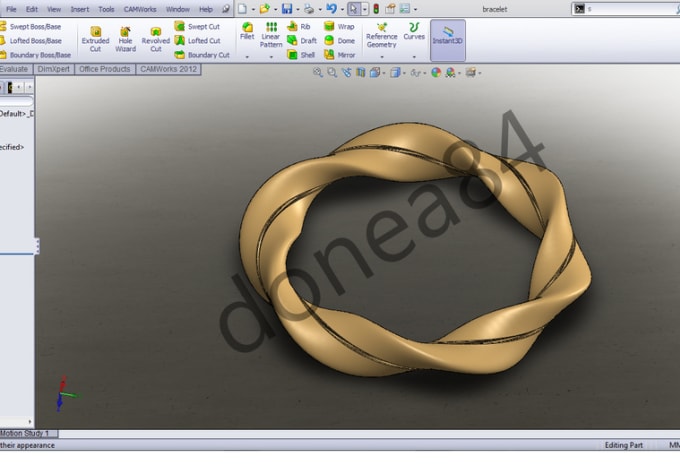
If your specific industry is not among PTC’s focus, then CATIA may be the better option.ĬATIA maintains a few partnerships and Dassault has a range of additional engineering tools in their catalog but overall their integration into other systems is lacking. This critical focus demonstrates PTC’s clear understanding of specific industry challenges and the solutions their platform can provide. It is likely that Dassault has, at best, simply a surface understanding for each of the sub-segmented industries and their challenges.Ĭreo maintains its focus on just six industries and provides comprehensive information about the use of its products and services for each industry. At first glance, this may look like an advantage, as the number of industries appears more substantial, but specialization of this nature is hard for any company to sustain. Industries Supported: Creo and CATIA TieĬATIA supports a huge range of industries including:ĬATIA claims to support a total of 12 main industries, which have then been broken down into 52 subsegments each with its own challenges and solutions. In contrast, although CATIA focuses on industries such as oil, gas, and energy – all of which began their digital transformation processes early on – CATIA seems to have missed the mark on quickly adapting and adding these features to their platform.Ĭreo continues to keep its platform up to date to support the latest technological trends. Companies looking to undergo a complete digital transformation will find the capabilities they need within the PTC Creo CAD package. PTC has been quick to add tools and features that support the future of design and manufacturing operations from industry 4.0, to the digital transformation, and all other supporting technologies. Industry 4.0, Digital Transformation, IoT, and AR: Creo Wins Given the robust capabilities of both platforms, we are calling this one a draw. Each solution has some features that the other does not, but either way, both are highly functional. You are likely to find the required capabilities you need in either solution. If a solution doesn’t have the tools you need, you could be forced to supplement with other platforms and incur additional costs.īoth Creo and CATIA have complete functionality when it comes to 3D CAD modeling. Obviously, when selecting a CAD solution, 3D modeling capabilities are also one of the most important features to look for. Some engineers find it easy to use for basic CAD requirements and functionality but then struggle to find what they need for more advanced functionality.Ĭreo’s modernized UI streamlines productivity – making it the winner in this category. Plus, integrated eLearning provides even more training and education for everything and is built right into the platform.ĬATIA’s UI has also undergone recent modernization but still feels stuck in its client-server-era setup.
#CREO PRO ENGINEER VS SOLIDWORKS HOW TO#
Creo includes built-in tutorials and training tools to ensure that engineers can quickly learn and understand how to use every feature. Over its many versioning iterations, the UI has been streamlined and modernized with engineers in mind to increase day-to-day productivity. Ease of use is a critical component to consider when investing in a CAD solution.Ĭreo was designed for the cloud. If your team is inefficient then you could be losing money. How your engineering team operates on a day-to-day basis will have a huge impact on your overall business. CAD Comparison: Feature Breakdown Ease of Use: Creo Wins However, our expertise in this market provides us with some additional insight into what features are most valuable to customers and we have made every effort to be as unbiased as possible in this article.

While every solution has its pros and cons we are focusing this CAD comparison and feature breakdown on Creo vs CATIA.įull disclosure – as a PTC reseller we are slightly biased in our preference toward Creo. If you are in the market for a new CAD solution or are looking to switch solutions you are probably considering the top players: Creo, CATIA, Inventor, Pro/E, or SolidWorks.

The right CAD solution provides the tools your team needs, increases productivity, and streamline the design process. The right solution will have the tools your team needs to create new and innovative products help increase productivity, and streamline the entire design process. Finding the right 3D modeling solution for your organization is critical to running your business.


 0 kommentar(er)
0 kommentar(er)
